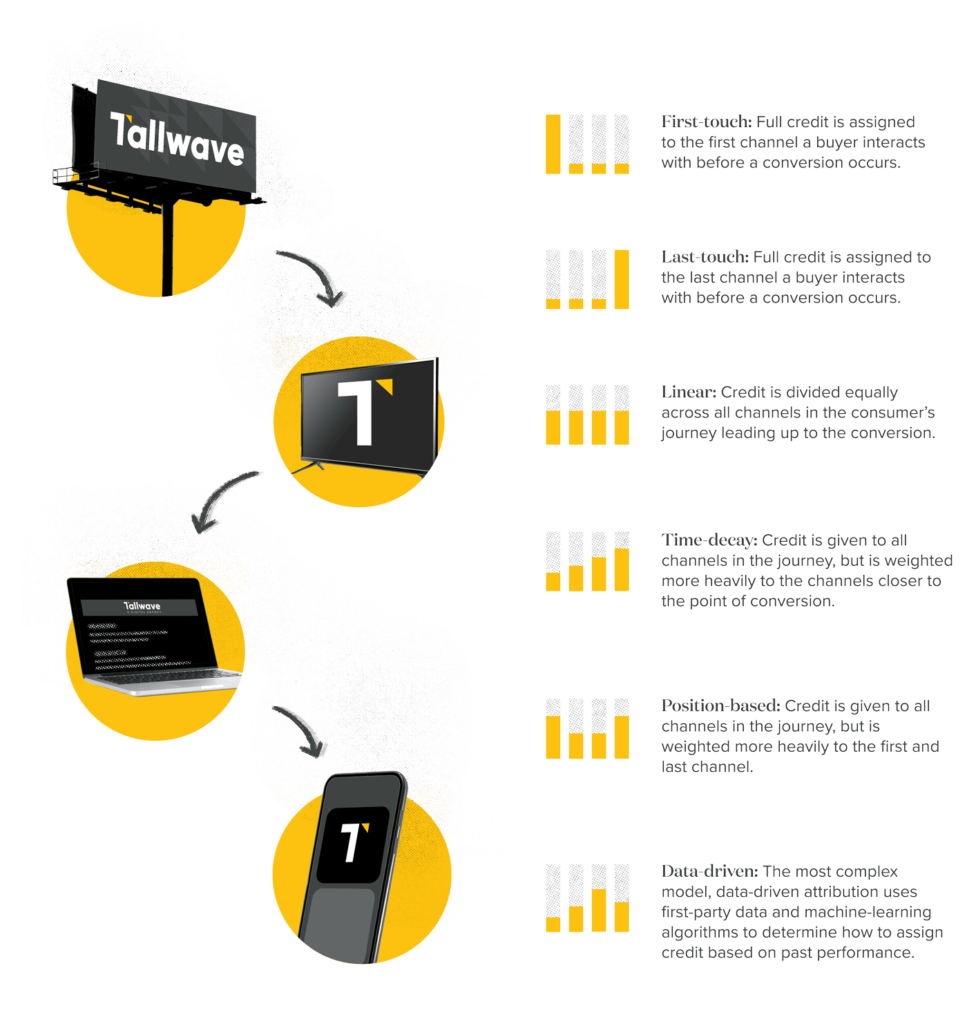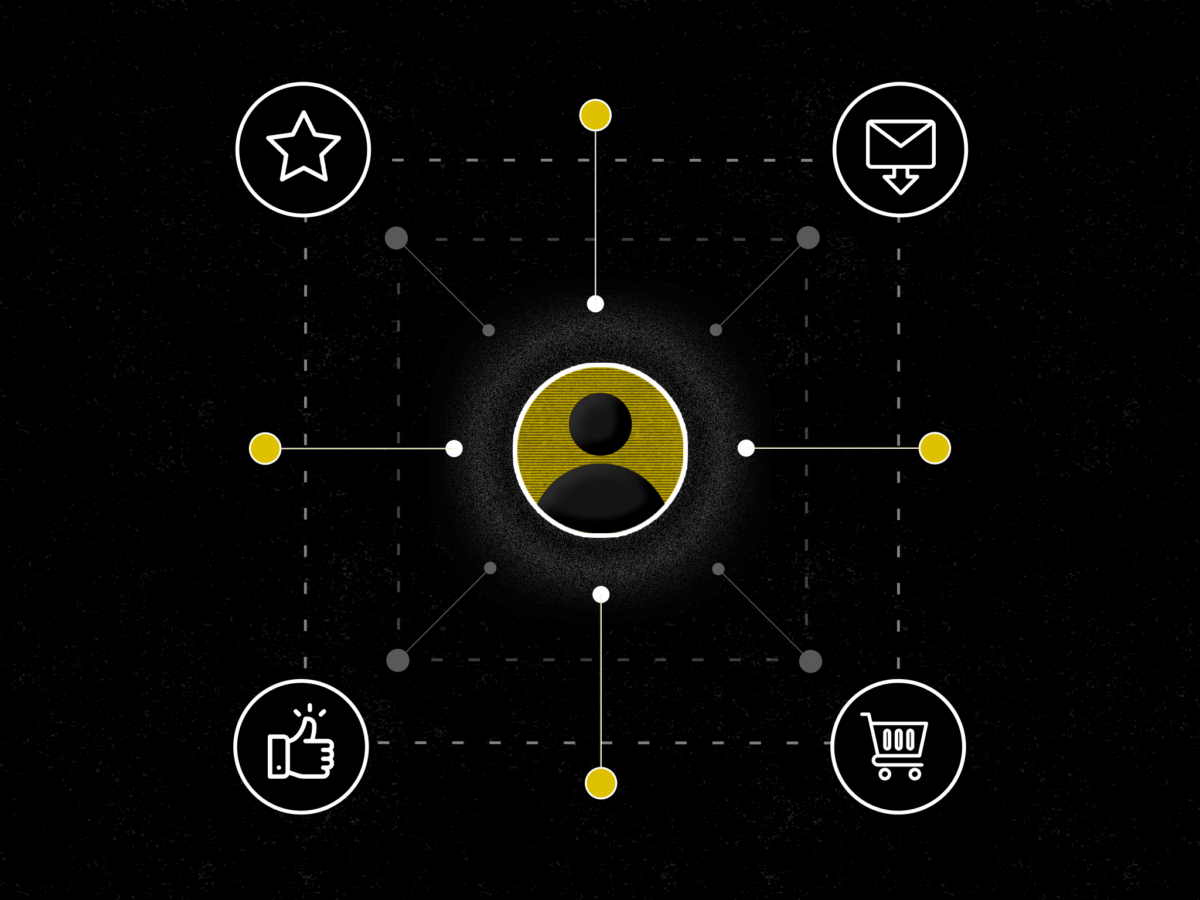Was your last ad campaign a dud? It’s time to light up your marketing efforts with ad copy that converts. In today’s competitive landscape, bland, boring copy just won’t cut it.
Let’s dive into the world of ad copywriting and learn how to craft ads that spark interest, ignite desire, and explode with results.
Understand your audience (Because you wouldn’t talk to your boss the same way you yap to your BFF)
Have you ever tried chatting with your boss about the latest Taylor Swift fan theory? Unless he is a fellow Swiftie clowning over the release of Reputation (Taylor’s Version), it probably wouldn’t go over well. He’s just not the right audience for your deep thoughts on the leaked breakup documents or the latest wardrobe Easter Egg. But your bestie Laura who knows that the devil works hard but Tree Paine works harder? Absolutely. She’d love to hear how you’re connecting the dots.
And just like that, you’ve discovered the first key to crafting ad copy that converts. You need to understand your audience. Like really, really get them. You need to empathize with your audience and feel their pain.
Here are a few ways you can dig deep and unearth what’s lurking within your audience:
- Surveys: Gather information about your audience with surveys. Ask questions about what motivates, inspires, and frustrates them to better understand their preferences and behavior.
- Competitor analysis: Stalker-ish? Maybe. Helpful? Absolutely! Check out what your competitors are doing and see if you can one-up their ad copy game. Look at what’s working for them in terms of social media likes and shares and what is landing flat.
- Social media listening: Become a social media ninja and eavesdrop on the online conversations your target audience is having with each other about important things in their lives.
Once you’ve got a solid understanding of your audience, you can identify their pain points and deepest desires. And by understanding your audience on a deeper level, you can create ad copy that speaks directly to their wants and needs, making it more likely to convert.
Make sense of value propositions (Because the ‘why-you-should-care’ factor matters)
Imagine a hot dog stand with a giant sign that just says “Hot Dogs.” Sounds underwhelming, right?
Well, that’s what your ad copy becomes without a strong value proposition. A value proposition is like the neon sign outside your hot dog stand: it tells people why they should stop by and grab a delicious hot dog. Here’s how to craft a value proposition that sizzles:
- Keep it clear and concise: Our attention spans are shrinking, rapidly. Get straight to the point and tell your audience what makes your product or service the perfect condiment to their life.
- Focus on benefits: Don’t just list features, tell them how those features will benefit them. For example, instead of saying “Our software is cloud-based,” you might say “Work from anywhere with our cloud-based software and enjoy the freedom of a digital nomad.”
- Spark desire: Make them crave what you’re offering. Use strong verbs and evocative language to paint a picture of how your product or service will improve their lives.
Put it together: 5 examples of stellar value propositions
What does a value proposition look like when you get it right? Consider the following examples:
Example 1: CRM SaaS
- Boring: This CRM software is user-friendly.
- Better: Streamline your sales process, boost customer satisfaction, and drive revenue growth with our intuitive CRM software.
Example 2: Healthcare device
- Boring: Our new medical device is FDA-approved.
- Better: Improve patient outcomes and reduce costs with our innovative, FDA-approved device.
Example 3: Personal training certification
- Boring: Become a certified personal trainer.
- Better: Launch a fulfilling career as a personal trainer and help clients achieve their fitness goals and live healthier lives.
Example 4: Ecommerce woodworking tool vendor
- Boring: Buy woodworking tools at our website.
- Better: Craft your masterpiece with precision: Discover the finest woodworking tools and expert advice online.
Example 5: Environmental non-profit
- Boring: Donate to our non-profit.
- Better: Join us in safeguarding the future of endangered baby orangutans and protecting their rainforest habitat.
Example 6: Hot dog extraordinaire
- Boring: Our hot dogs are yummy.
- Better: Hot dogs are so good, they’ll make you question your life choices (but in a good way).
Use words to drive action (Because words have power, people!)
Alright, you understand your audience, you’ve crafted a killer value proposition highlighting unique benefits, and now it’s time to unleash the wordsmith within!
Here’s how to write ad copy that pushes people to take action:
Harness the power of CTAs
A call to action (CTA) is your ad copy’s flashing “buy now” button. Make it clear, strong, and impossible to ignore. Think “Get a quote in one minute” or “No credit card needed; start your free trial now.”
Write clearly and use their words
Avoid jargon and complicated sentences. Speak directly to your audience and use language they understand. Linguistic profiling and search journey analysis can help you identify the language your audience is using at different stages of the sales funnel; let these integrated aspects influence your message.
Use emotional triggers
Tap into your audience’s emotions. You can use humor, instill a fear of missing out (FOMO), or embrace your audience’s desire to belong to a community to grab their attention. We’ve seen government agencies excel with humor and the community aspect is particularly important when marketing to Gen Z.
Make it feel real with a great story
People love stories. Weave a narrative around your product or service, making your audience feel like they’re part of the story. Our CRO and paid media love story blog is a fun example of creative storytelling.
Create scarcity and urgency
Create a sense of urgency by using limited-time offers or highlighting scarcity. For example, “Only a few spots left!” might push a potential client toward signing up for your online course, or “Limited-time discount expires soon” might get an item in a customer’s cart with haste.
Keep testing and optimizing (Because the journey never ends)
Think your ad copy is the bee’s knees? It might be good, great even, but that doesn’t mean you can rest on your laurels. Even the best-laid plans can go awry and there’s always room to iterate and improve. Testing and optimization are crucial for ad copy success and might just be the secret sauce to unlocking the full potential of your brilliant copy.
Here are a few things you can do to ensure you’re creating ad copy that converts:
- A/B testing: Pit your ad copy against a challenger in a head-to-head battle. Create multiple versions and see which one reigns supreme.
- Review key metrics: Track metrics like click-through rate (CTR), conversion rate, and average session duration to measure your ad copy’s effectiveness. These metrics are your compass, guiding you toward success.
- Continuous improvement: Consumers are constantly evolving, so don’t get complacent. Keep testing and optimizing your ad copy to stay ahead of the curve. It’s like leveling up in a video game; the higher you go, the more challenging the competition gets. But with the right strategies and tools, you’ll be an ad copy conversion queen (or king) in no time.
Take the path to high-performing ad copy
Crafting high-performing ad copy is both an art and a science. By understanding your audience, creating compelling value propositions, writing persuasively, and continuously testing and optimizing, you can create ad copy that resonates with your audience and drives action.
Ready to take your ad campaign to the next level? Reach out to Tallwave today and let our team of marketing experts help you craft ad copy that converts, place your ads for maximum conversions, and design an experience your customers love. Let’s chat.














